Das Osnabrücker Schloss
The Osnabrück Castle
© Bruno Nerger
DEU
near Osnabrück
© Hartwig Wachsmann
Fetching images...


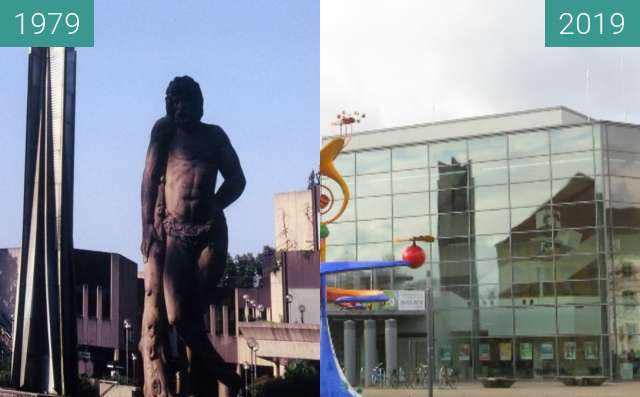
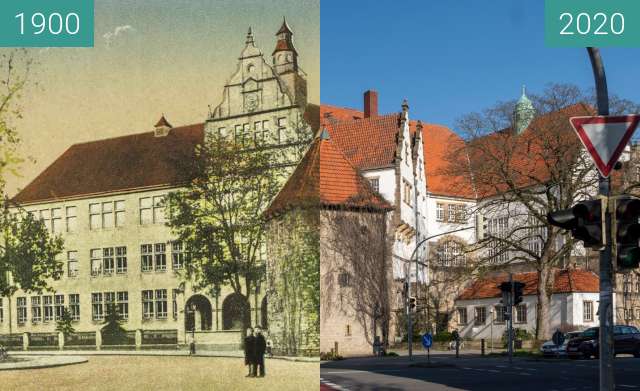
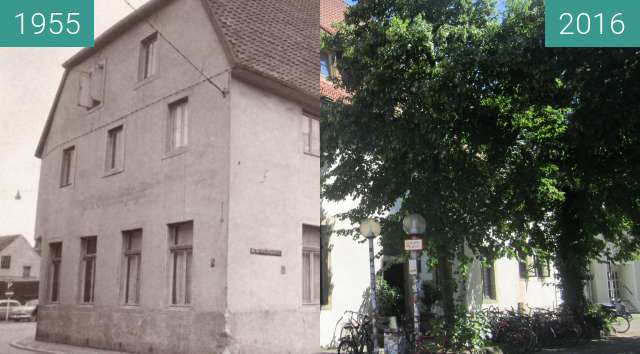
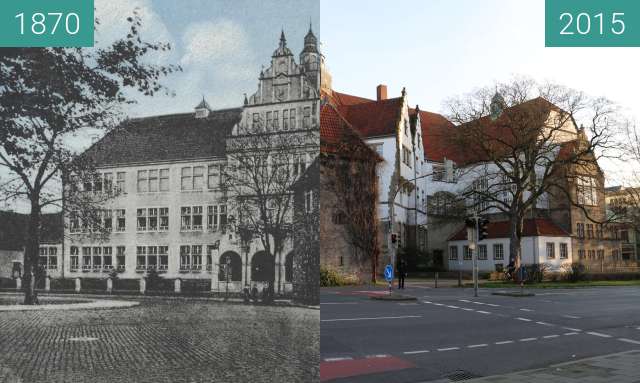
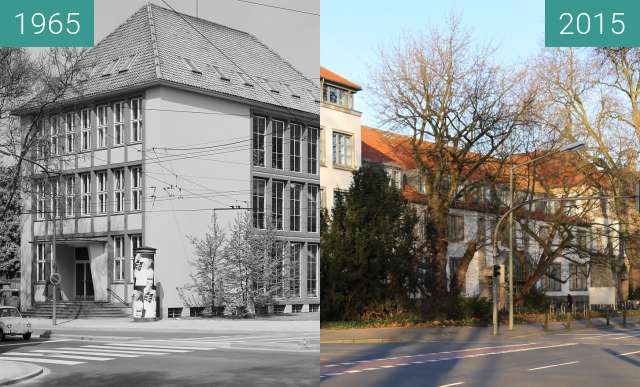

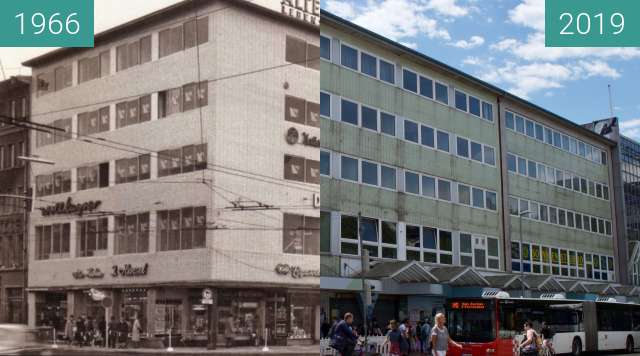
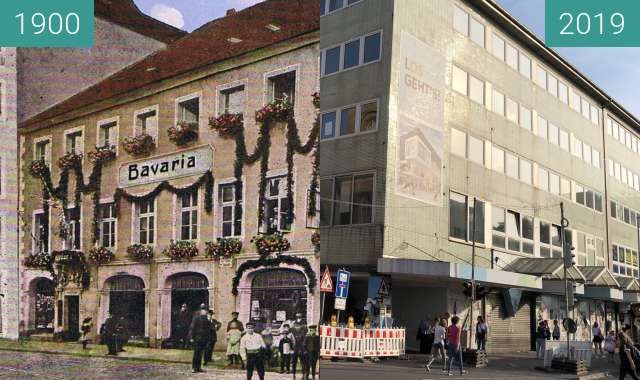
Das Osnabrücker Schloss war die Residenz des protestantischen Osnabrücker Fürstbischofs Ernst August I. von Braunschweig-Lüneburg und seiner Frau Sophie von der Pfalz. Es ist seit 1974 Sitz der Verwaltung der Universität Osnabrück. Nach dem Krieg standen rings um das Schloss noch sogenannte "Nissenhütten“, in denen die Briten Armeeangehörigen und ihren Familien Dienstleistungen der NAAFI anboten. Im Vordergrund entsteht bereits das neue Gebäude der Industrie- und Handelskammer.
The Osnabrück Castle was the residence of the Protestant Osnabrück Prince-Bishop Ernst August I of Brunswick-Lüneburg and his wife Sophie von der Pfalz. It has been the seat of the administration of the University of Osnabrück since 1974. After the war, so-called "Nissen huts" were still standing around the castle, offering British soldiers and their families services to the NAAFI, with the new building of the Chamber of Commerce and Industry already in the foreground.